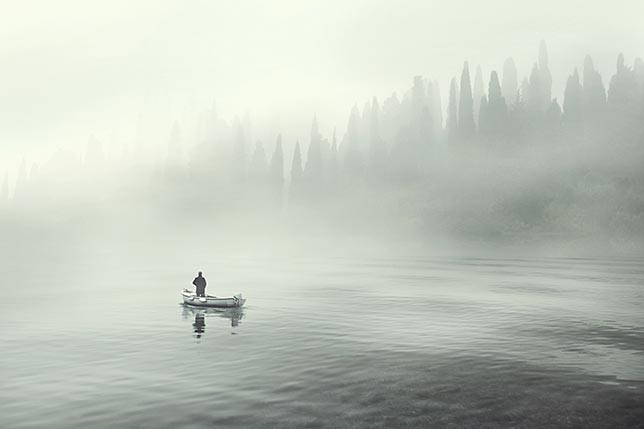Harris, Reed & Seiferth
|
|
In colder weather, it's important to remember that you must be careful of the dangers of hypothermia when boating or riding a personal watercraft. Spring and fall are prime times to become a victim of hypothermia. There are days the air may feel warm and the thrill of being out on the water is greater than the fear of how cold the water actually is and what could happen if you were to fall overboard or capsize. Off-season (or early- or late-season) ventures on the water pose special circumstances. There are fewer boaters on the water so the likelihood of a prompt rescue is greatly reduced. Also, people don't anticipate falling into the cold water and therefore don't prepare for it. But there are things you can do to prevent the risks associated with hypothermia — things that could save your life. Hypothermia facts Hypothermia is a condition that exists when body temperature drops below 95 degrees. This can be caused by water or air exposure. And the body can cool down 25 times faster in cold water than air. Factors such as water temperature, body fat, body size and movement all play a part in how quickly the body's temperature drops. PFDs for protection The number one thing you can do to protect yourself against the results of hypothermia is to wear a life jacket. A Personal Flotation Device (PFD) can help in many ways. A PFD can prevent you from having to exert energy and body heat to try to stay afloat. It can help keep your head above water and reduce the chances of you inhaling water due to the immersion gasping reflex caused by cold water. And it can also help hold in body heat. When in cold water When boating in cold water, it is a good idea to wear a wet suit or some type of neoprene undergarment to hold in body heat. Even with a wet suit on, hands can get cold quickly, so gloves can be an important layer. As most of your body heat is lost through your head, it's important to try to keep your head as dry as possible. A hat is a good idea. Conserving heat: Goal Number One Conservation of heat is the number one objective for a person who has fallen into cold water. You should try to pull yourself as far out of the water as possible to reduce heat loss. If you can climb on top of an upturned boat or anything that floats, it can increase your survival time. Assume the H.E.L.P. If you can't get out of the water, you should assume a Heat Escape Lessening Posture (H.E.L.P.) – commonly referred to as the fetal position, it helps you float effortlessly and helps protect those areas most susceptible to heat loss. If there are others in the water, huddle to share body heat and conserve the energy of the group. More considerations Some other tips to consider when going out on the water early-, late- or off-season include:
Every boater and personal watercraft operator should know the signs of hypothermia, prepare against cold water immersion and know how to respond in the event that it does happen. Most importantly, a PFD should be worn each and every time out on the water. You never know when it could save your life or the life of someone you know. Stages of Hypothermia Hypothermia is a gradual process and happens over a period of time. There are stages of hypothermia that the body goes through before lapsing into an unconscious state. The extent of hypothermia and treatment vary. Consult the following: Mild Hypothermia
Moderate Hypothermia
Severe Hypothermia
Source: https://www.foremost.com/learning-center/surviving-hypothermia.asp
0 Comments
Leave a Reply. |
Categories
All
Archives
May 2024
|
Social MediaContact UsNavigation |
|
Website by InsuranceSplash
Privacy Policy | Terms of Use
© 2025 by HARRIS, REED & SEIFERTH INSURANCE GROUP, INC. All rights reserved.
© 2025 by HARRIS, REED & SEIFERTH INSURANCE GROUP, INC. All rights reserved.


 RSS Feed
RSS Feed